Jamie Fobert Architects breathe new life into the Burlington Arcade with a new, old-fashioned, floor
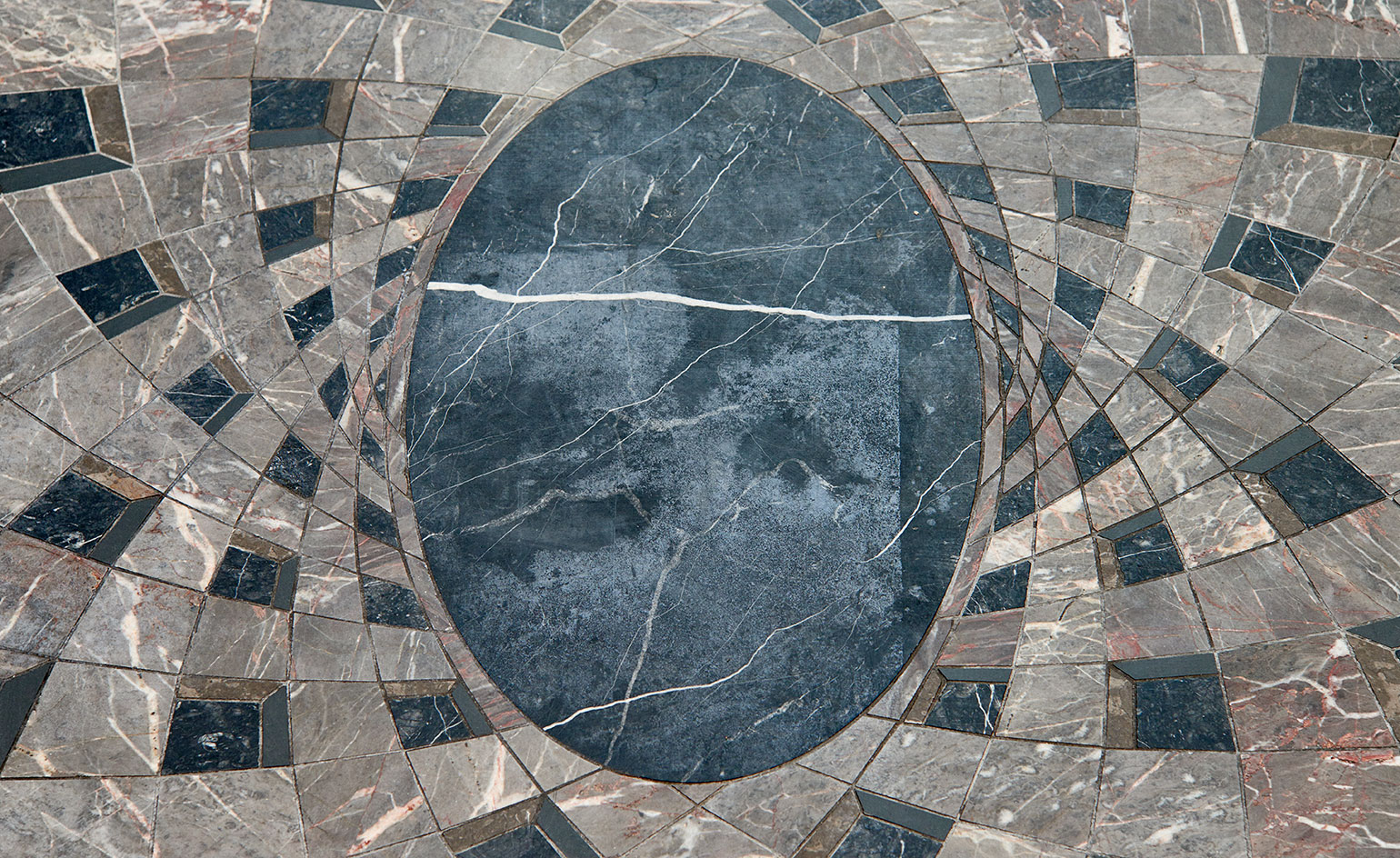
Tucked between New Bond Street and the Royal Academy, running from Piccadilly through to Burlington Gardens, London’s Burlington Arcade is an ornate slice of retail history.
The covered gallery, designed by Samuel Ware and built in 1819, has been rebuilt and updated many times over the course of its 196-year existence but despite this, its appearance has remained largely unchanged; intricately-detailed arches span its entire length (it’s over two football pitches-long) separating each of its 17 bays, while light floods in through a vaulted glass ceiling. Beautiful as it is, the Regency arcade is a small-scale shopping concept that has become increasingly outdated - two similar arcades recently closed their doors for good in Knightsbridge - unable to compete with the flagships and shopping centres that surround it.
Determined to save Burlington from the same fate, its owner Meyer Bergman has been busy attracting a smart new team of tenants - Chanel Beaute, Eres, Maison Michel, Barrie and Frederic Malle have all set up shop - and have also been working with London architect Jamie Fobert, on a spectacular new floor.
Originally paved with thick austere slabs of York stone, the arcade’s floor was replaced in the 1960s and then the 1990s with a somewhat jarring terrazzo tile. Then in 2011, a glossy, but doomed proposal by Peter Marino provoked an outpouring of protest from retailers and customers. ‘Our goal was to design a floor that was contemporary on one hand but also grew out of the history of the place,’ says Fobert of his spiraling new design. Made from thousands of intricately cut pieces of dark British stone - comprising Burlington Slate Cumbria, Moorcroft Somerset, Ashburton Devon and Mendip Marble Somerset - the floor takes its design cues from the geometry of the arcade’s architecture and various 19th century British floor patterns. ‘It’s such a bizarre proposition for an architect to be asked to work with a space that’s 4 x 220 metres, and to do just a floor,’ says Fobert. ‘It was a great opportunity.’
After months of detailed research and experimentation, Fobert settled on a rhythmic, interlocking, three dimensional design that reflects the variety of the arcade’s curvilinear forms found on the arches and grill work. The stone was cut and dry laid in Italy - the only country with the expertise and laser technology required - before being shipped to London and laid by Tudor Stonework. A complex but subtle design, the dark stonework manages to flatter all of the existing shopfronts, appearing blue, green, brown and red all at once.
‘What I really like in our work is ambiguity. If we did something really modern it would be in sharp contrast to its surroundings. What’s great about this, is that most people will come in and think it’s from 1820,’ enthuses Fobert. ‘If people walk in and they don’t even notice it, that would be perfect for me. The floor shouldn’t compete with the arcade, it’s there to make it feel just that bit more luxurious.’
As well as an advanced non-slip coating, another practical benefit of the new floor is the abolishment of the stepped entrance, which has been replaced by a gently sloping ramp - a small change but one that has proved to be life-changing for one of the Burlington’s most loyal customers, who can now, every day, manoeuvre her wheelchair into the arcade completely unaided.
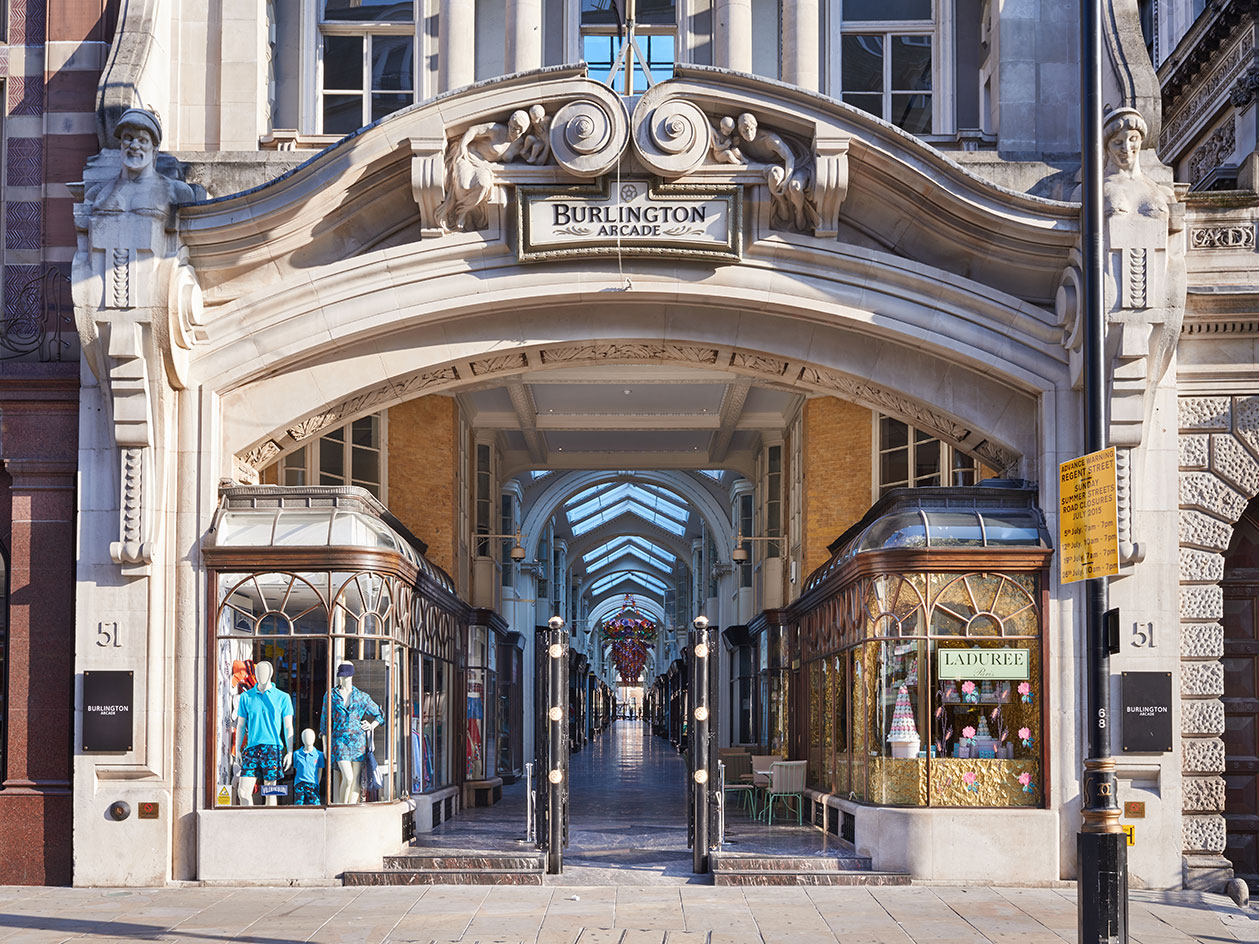
Tucked between New Bond Street and the Royal Academy, running from Piccadilly through to Burlington Gardens, London’s Burlington Arcade is an ornate slice of retail history
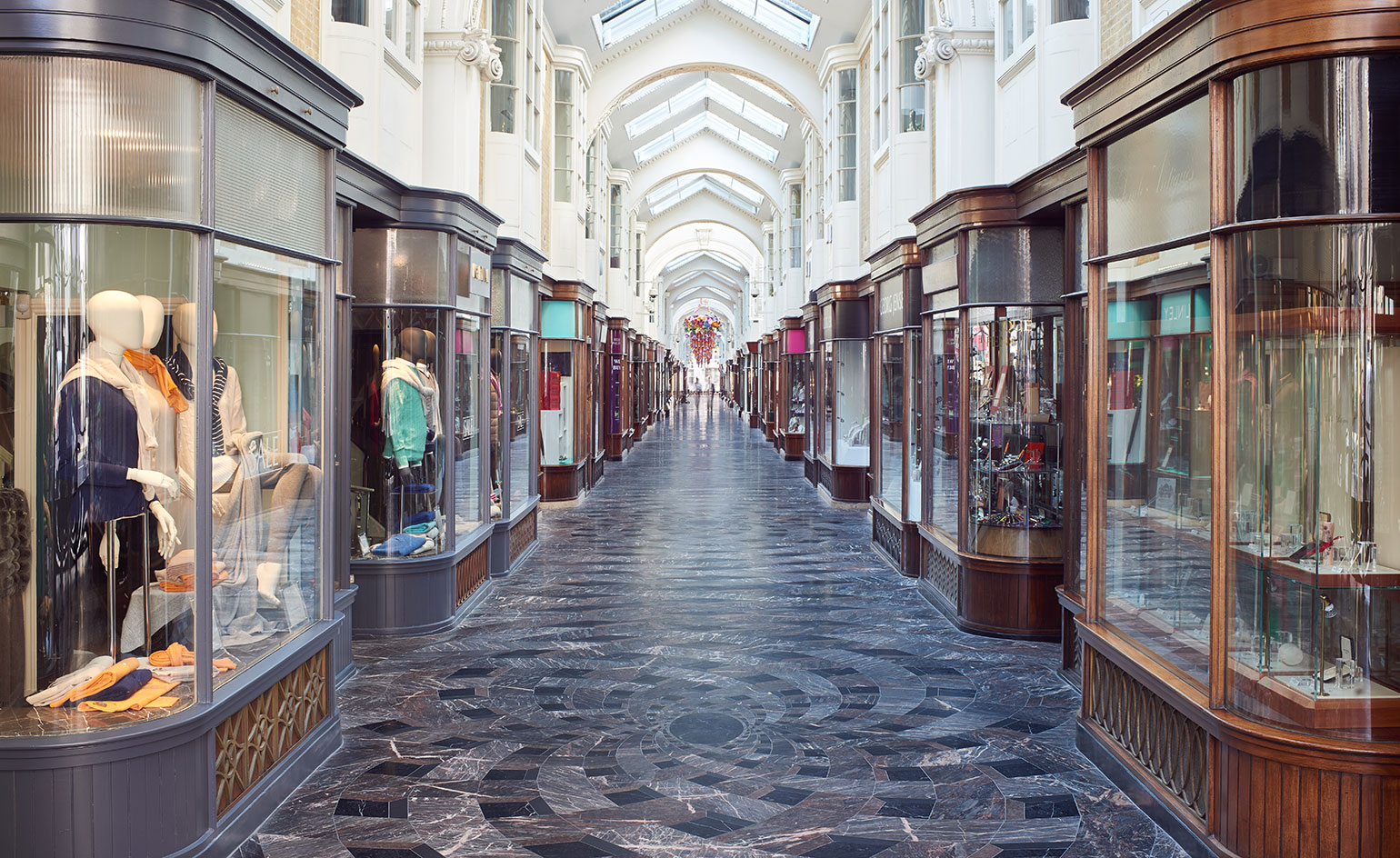
The covered gallery, designed by Samuel Ware and built in 1819, has been rebuilt and updated many times over the course of its 196-year existence but despite this, its appearance has remained largely unchanged; intricately-detailed arches span its entire length separating each of its 17 bays, while light floods in through a vaulted glass ceiling
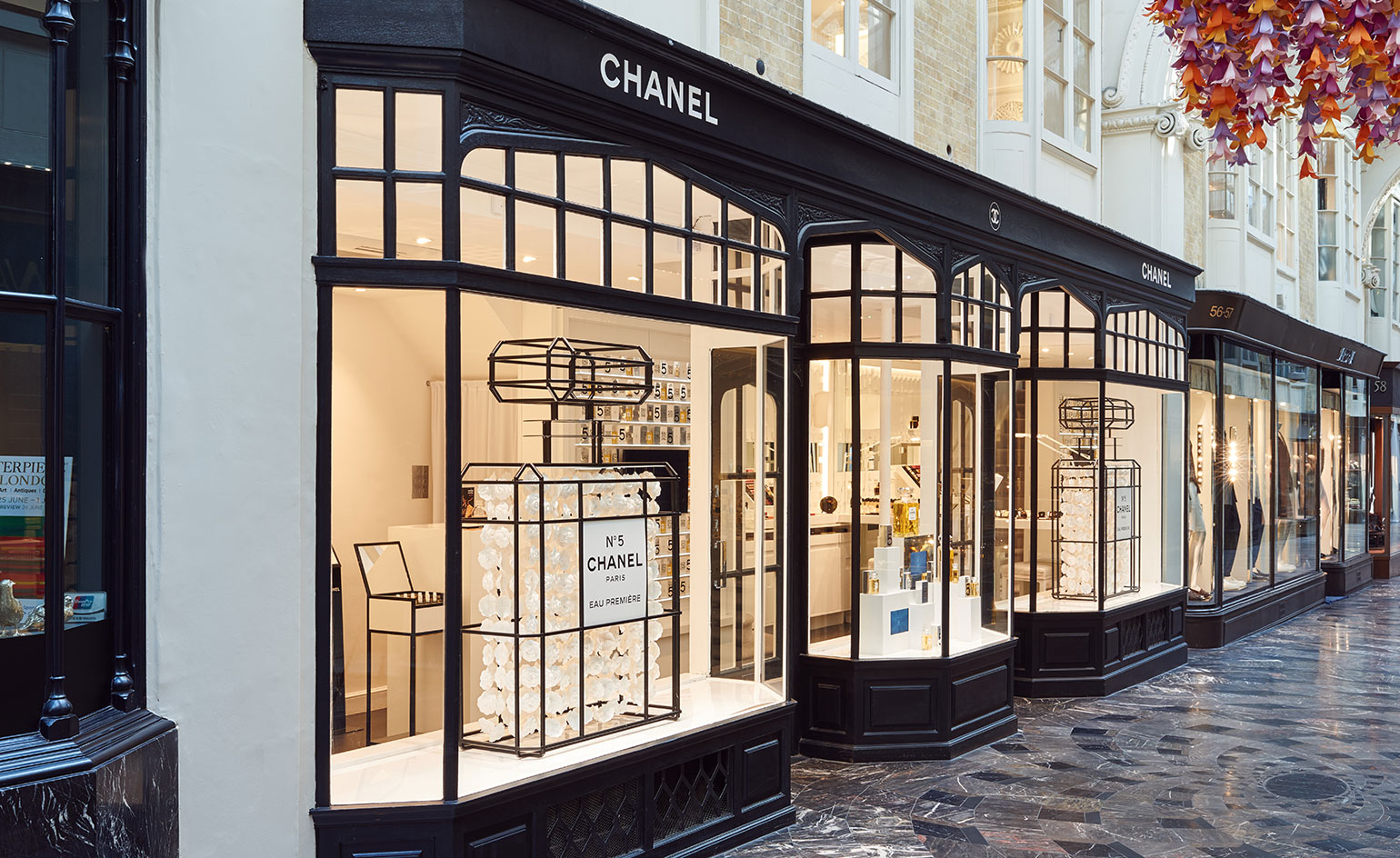
Originally paved with thick austere slabs of York stone, the arcade’s floor was replaced in the 1960s and then the 1990s with a somewhat jarring terrazzo tile. Then in 2011, a glossy, but doomed proposal by Peter Marino provoked an outpouring of protest from retailers and customers
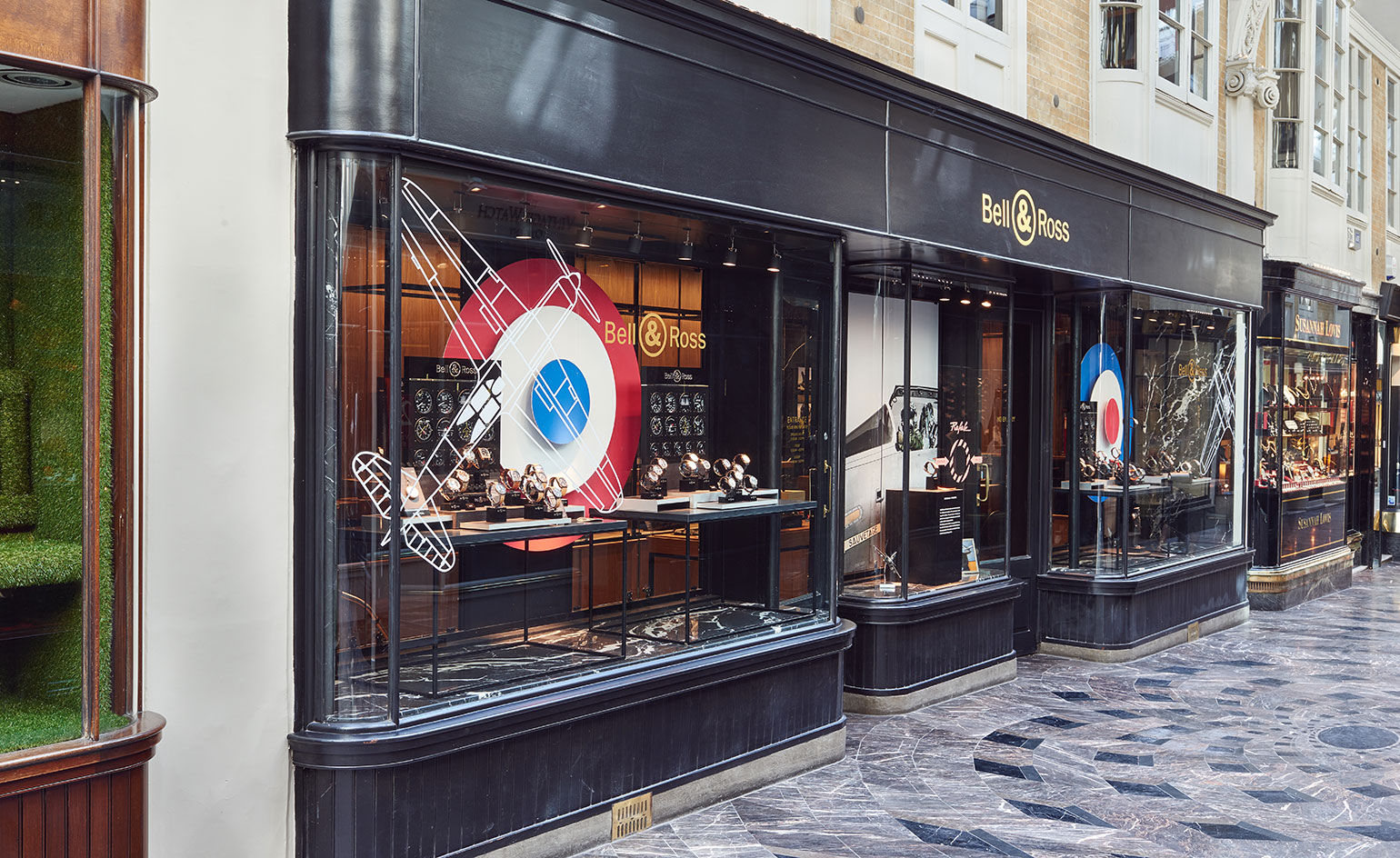
‘Our goal was to design a floor that was contemporary on one hand but also grew out of the history of the place,’ says Fobert of his spiraling new design
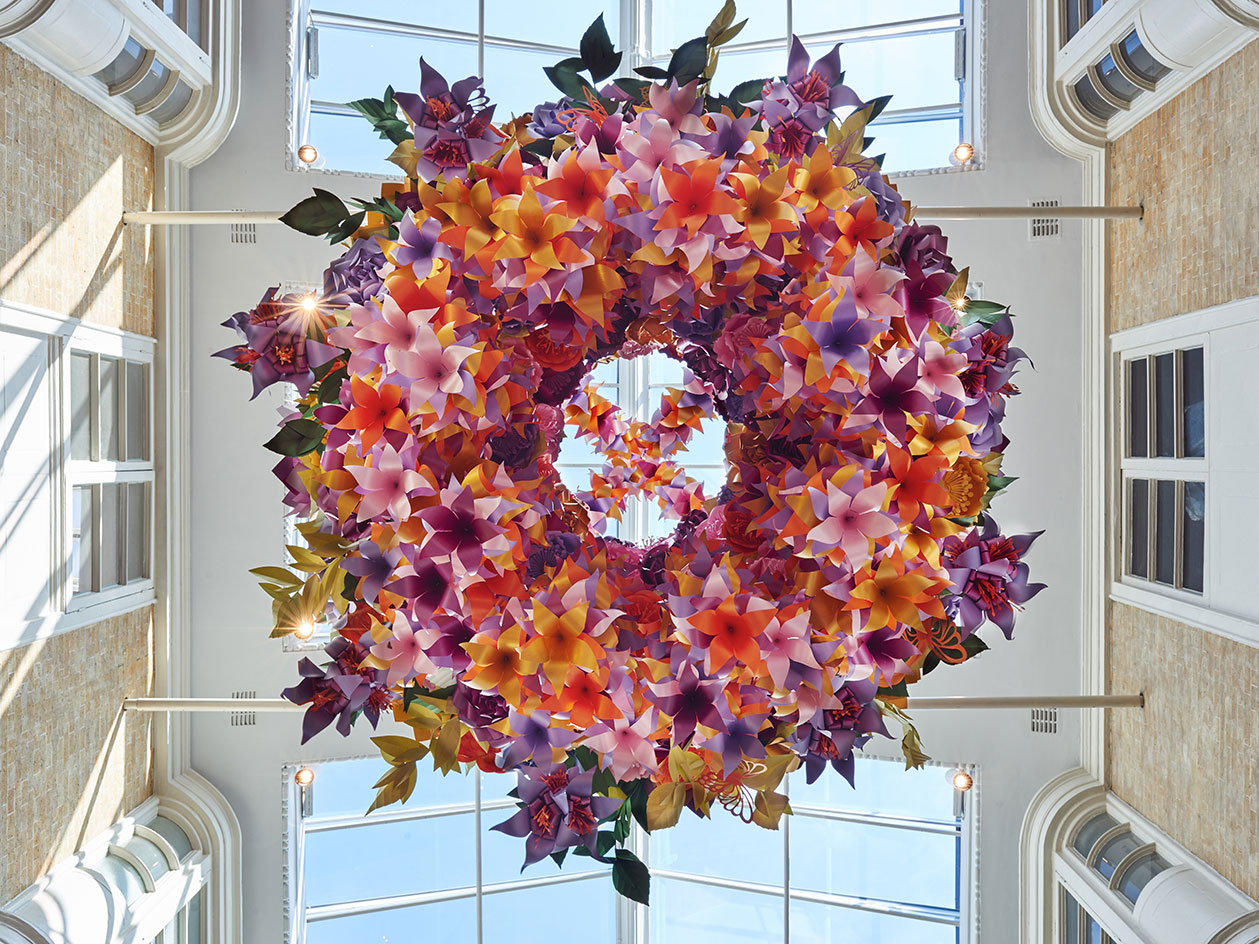
Paper artist Zoe Bradley has created two floral chandelier installations handcrafted from paper that are currently on display in the Arcade

Made from thousands of intricately cut pieces of dark British stone - comprising Burlington Slate Cumbria, Moorcroft Somerset, Ashburton Devon and Mendip Marble Somerset - the floor takes its design cues from the geometry of the arcade’s architecture and various 19th century British floor patterns

‘It’s such a bizarre proposition for an architect to be asked to work with a space that’s 4 x 220 metres, and to do just a floor,’ says Fobert. ‘It was a great opportunity'
ADDRESS
Burlington Arcade
51 Piccadilly
London W1J 0QJ
Wallpaper* Newsletter
Receive our daily digest of inspiration, escapism and design stories from around the world direct to your inbox.
Ali Morris is a UK-based editor, writer and creative consultant specialising in design, interiors and architecture. In her 16 years as a design writer, Ali has travelled the world, crafting articles about creative projects, products, places and people for titles such as Dezeen, Wallpaper* and Kinfolk.
-
 Why Teresa Tarmey’s west London clinic is a thing of beauty
Why Teresa Tarmey’s west London clinic is a thing of beautyTeresa Tarmey’s flagship clinic in Notting Hill is worlds away from the ubiquitous, sterile medispa. For the June 2025 issue of Wallpaper*, Hannah Tindle takes a closer look inside
-
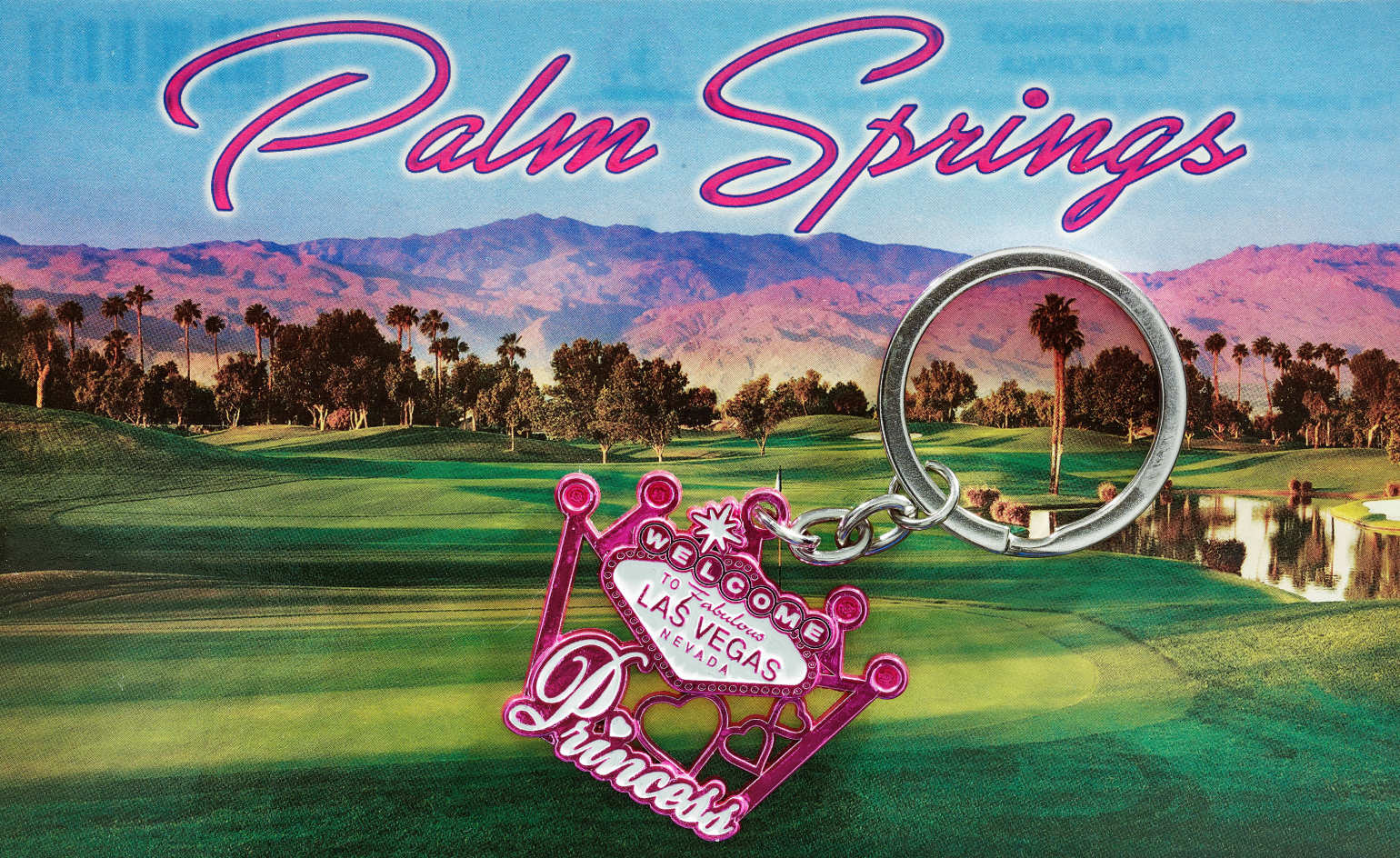 In defence of souvenirs: 10 photographers on their most prized mementoes
In defence of souvenirs: 10 photographers on their most prized mementoesPhysical keepsakes, whether priceless or prosaic, can be the most meaningful mementoes of a trip. We asked ten well-travelled photographers about their favourite souvenirs
-
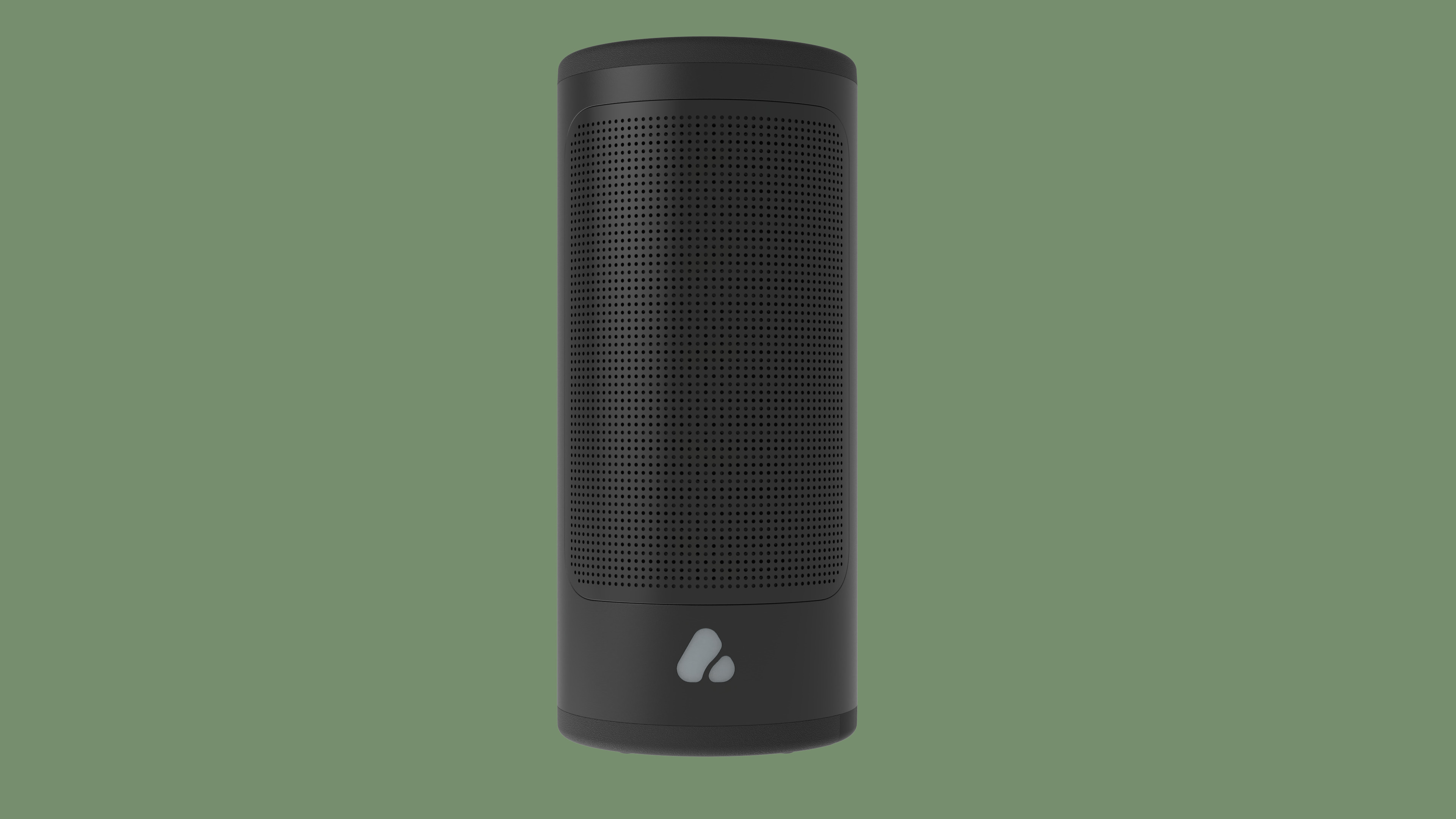 The Pine Beat speaker is the future-proofed debut product from Poca Audio
The Pine Beat speaker is the future-proofed debut product from Poca AudioLongevity and flexibility make the new Pine Beat Bluetooth speaker a smart choice for those who dislike the disposability of modern tech
-
 A first look inside the new Oxford Street Ikea. Spoiler: blue bags and meatballs are included
A first look inside the new Oxford Street Ikea. Spoiler: blue bags and meatballs are includedThe new Oxford Street Ikea opens tomorrow (1 May), giving Londoners access to the Swedish furniture brand right in the heart of the city
-
 What to see at London Craft Week 2025
What to see at London Craft Week 2025With London Craft Week just around the corner, Wallpaper* rounds up the must-see moments from this year’s programme
-
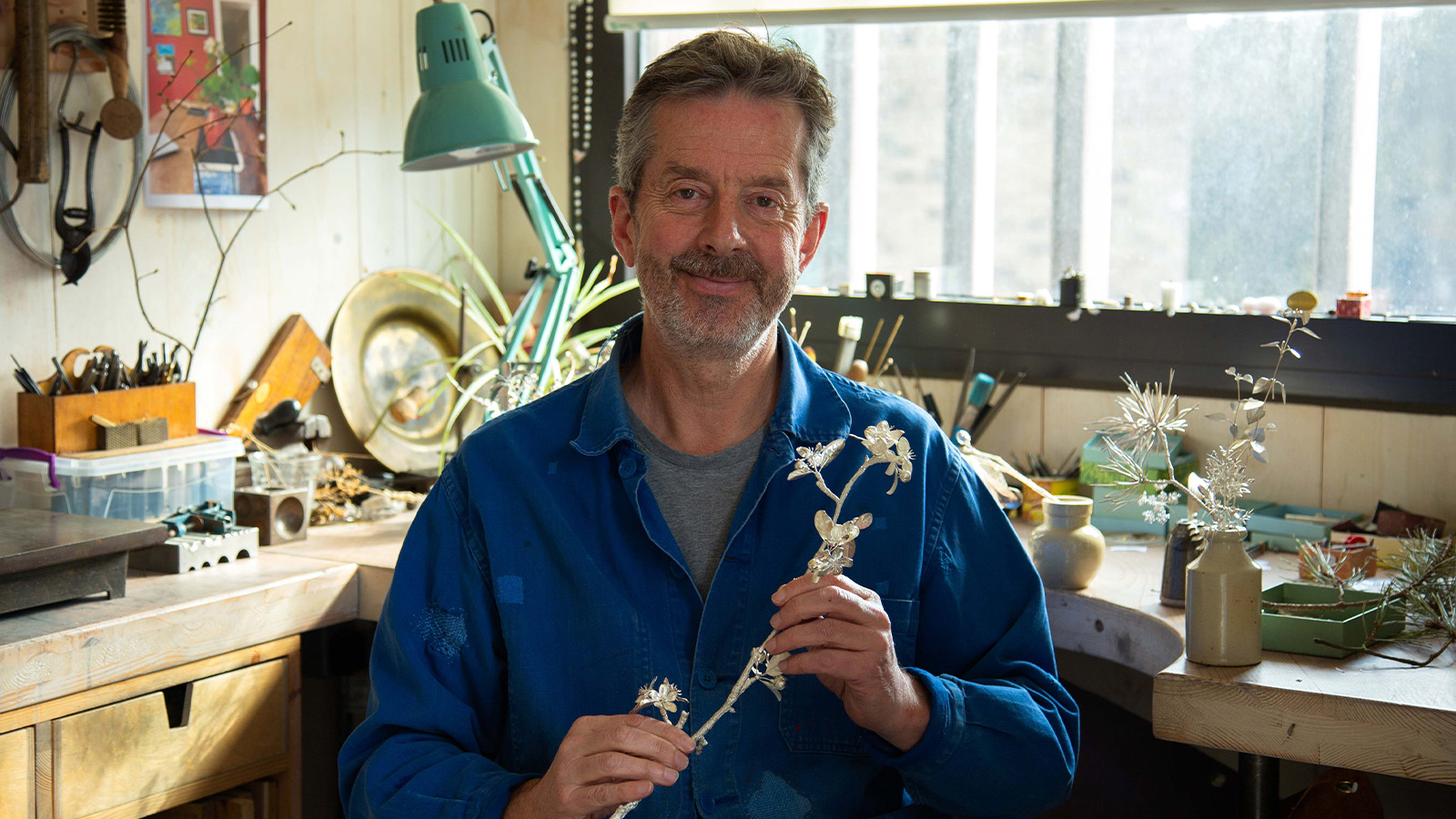 Nature sets the pace for Alex Monroe’s first sculpture exhibition
Nature sets the pace for Alex Monroe’s first sculpture exhibitionThe British designer hops from jewellery to sculpture for his new exhibition at the Garden Museum, London. Here, he tells us why nature should be at the forefront of design
-
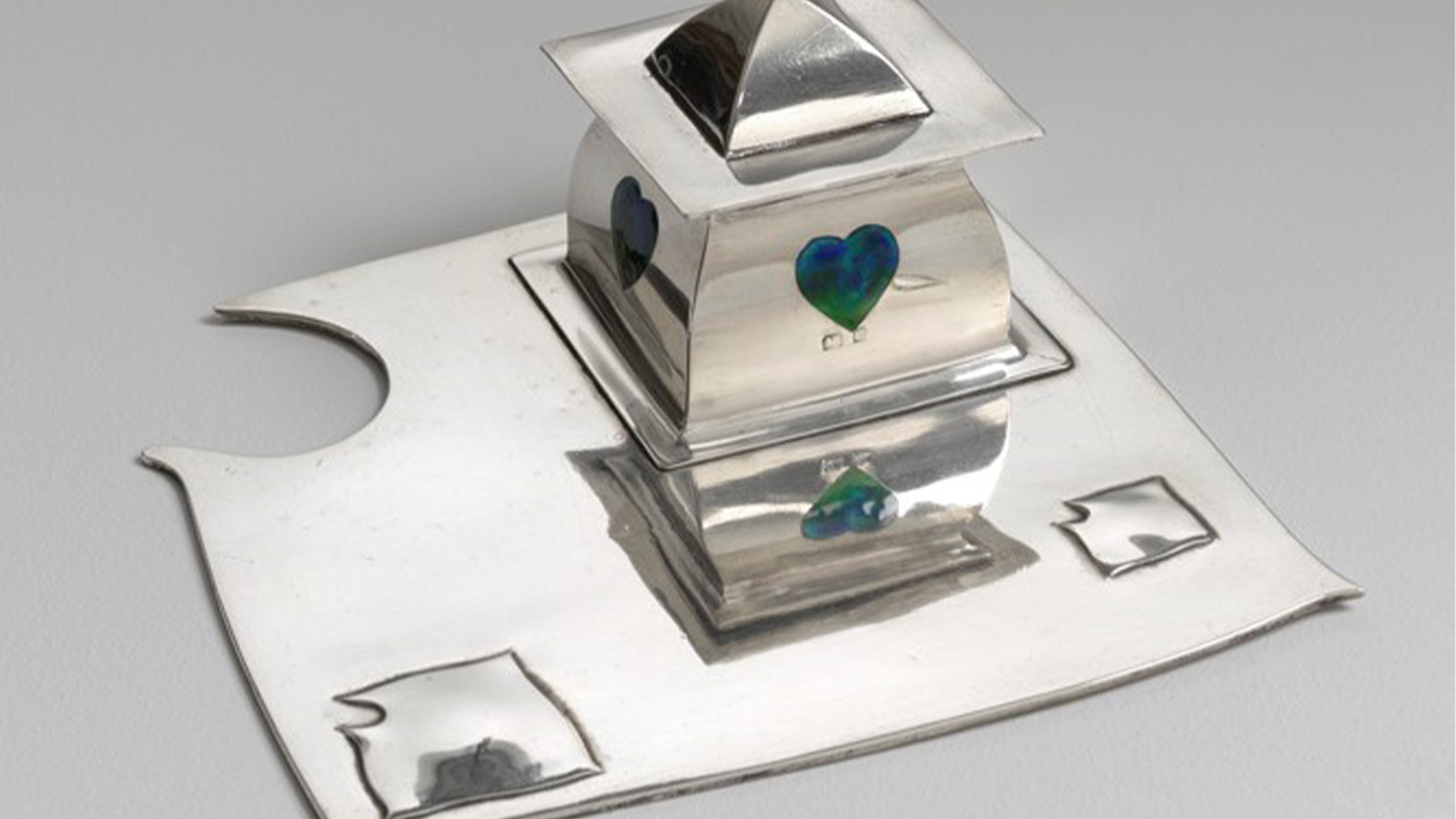 On the Isle of Man, the secret history of designer Archibald Knox is revealed
On the Isle of Man, the secret history of designer Archibald Knox is revealedThe mysterious life and works of local designer Archibald Knox is celebrated in a retrospective at Manx Museum, spanning silverware, furniture, clocks and more
-
 Wedgwood’s AI tool lets the public reimagine Jasperware for its 250th anniversary
Wedgwood’s AI tool lets the public reimagine Jasperware for its 250th anniversaryTo celebrate 250 years of Jasperware, Wedgwood debuts an AI tool that opens up the design process to the public for the first time
-
 A new London show explores material magic with medieval melancholy
A new London show explores material magic with medieval melancholyInspired by deconsecrated monasteries, interior designer and curator Jermaine Gallacher takes us on a journey through time and mood in a London exhibition at The Ragged School
-
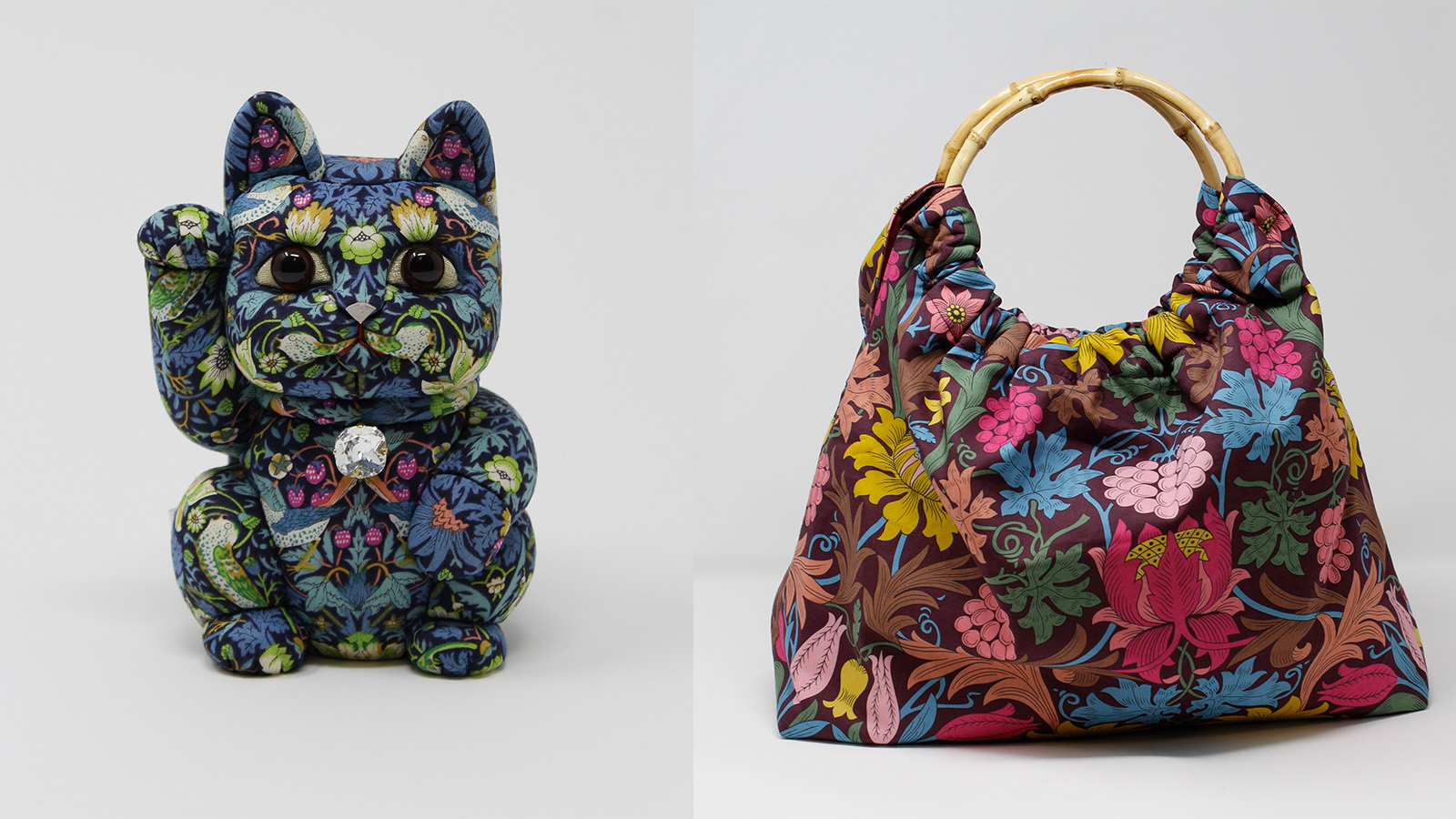 William Morris mania meets the design industry’s darker side in a new London show
William Morris mania meets the design industry’s darker side in a new London show‘Morris Mania’ at the William Morris Gallery explores the British designer’s complicated legacy in an ever-more commodified world
-
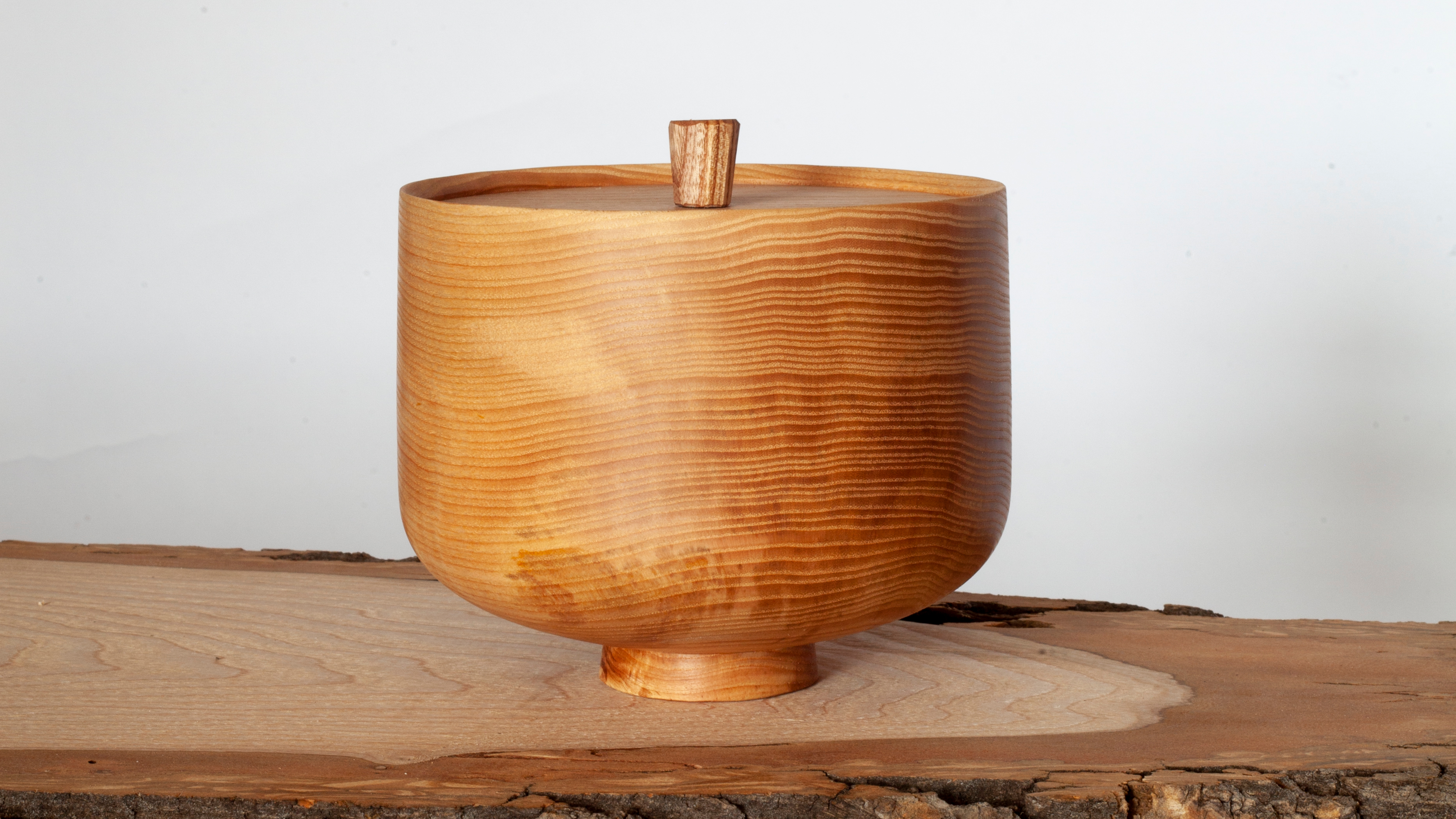 Reimagining remembrance: Urn Studios introduces artistic urns to the UK
Reimagining remembrance: Urn Studios introduces artistic urns to the UKBridging the gap between art and memory, Urn Studios offers contemporary, handcrafted funeral urns designed to be proudly displayed